Queefing, a natural bodily function often met with embarrassment or confusion, occurs when air is expelled from the vagina, creating a distinct sound akin to flatulence. Despite its prevalence, queefing remains shrouded in misconceptions, particularly concerning its relationship with pelvic floor strength. In this article, we delve into the science behind queefing and whether it truly signifies weakened pelvic floor muscles.
Understanding the Pelvic Floor:
Queefing, medically known as vaginal flatulence, occurs when air is unintentionally trapped in the vagina and is released, resulting in a sound resembling flatulence. It commonly happens during activities like exercise, sex, or even when changing positions. Despite its normalcy, queefing is often misunderstood, leading to questions about its implications on pelvic floor strength.
Queefing: Causes and Mechanisms:
Queefing occurs when air becomes trapped in the vagina and is subsequently expelled. This can happen during various activities, such as sexual intercourse, exercise, or even when changing positions. The entry of air into the vagina is a normal physiological process and can happen for several reasons:
- Exercise: Activities such as yoga, Pilates, or certain strength-training exercises can also lead to queefing due to the repetitive movements and changes in intra-abdominal pressure.
- Childbirth: The process of childbirth can stretch and weaken the pelvic floor muscles, potentially increasing the likelihood of queefing, particularly in the postpartum period.
- Menopause: Hormonal changes during menopause can lead to vaginal dryness and decreased elasticity, which may contribute to queefing during sexual activity or physical exertion.
Queefing and Pelvic Floor Strength:
Contrary to popular belief, queefing is not necessarily indicative of weak pelvic floor muscles. While it’s true that weakened pelvic floor muscles can contribute to various pelvic floor disorders, including urinary incontinence and pelvic organ prolapse, queefing alone is not a reliable indicator of muscle strength.
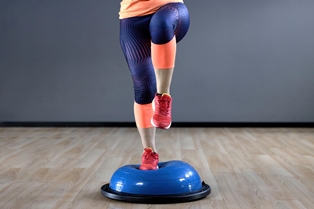
Pelvic floor strength is influenced by numerous factors, including genetics, age, hormonal status, lifestyle, and childbirth history. While some individuals with weak pelvic floor muscles may experience queefing, others with strong muscles may also encounter this phenomenon.
Maintaining Pelvic Floor Health:
Regardless of queefing occurrences, maintaining optimal pelvic floor health is essential for overall well-being. Incorporating pelvic floor exercises, such as Kegels, into your daily routine can help strengthen these muscles and improve pelvic floor function.
Additionally, practicing good posture, maintaining a healthy weight, avoiding heavy lifting, and seeking prompt treatment for pelvic floor disorders can help preserve pelvic floor integrity and reduce the risk of complications.
FAQs
Here are some FAQs about Does queefing mean your pelvic floor is weak?
Yes, queefing is entirely normal and happens to many people with vaginas. It occurs when air becomes trapped in the vagina and is expelled, often during activities such as sexual intercourse, exercise, or even just changing positions. While it can sometimes be embarrassing, queefing is a natural bodily function and is not a cause for concern.
Queefing alone does not necessarily indicate a weak pelvic floor. Pelvic floor strength is influenced by various factors, and queefing can occur in individuals with strong or weak pelvic floor muscles. While weakened pelvic floor muscles can contribute to pelvic floor disorders, queefing alone is not a reliable indicator of muscle strength.
Pelvic floor exercises, such as Kegels, can help strengthen the pelvic floor muscles. While these exercises may not specifically prevent queefing, they can contribute to overall pelvic floor health and function. Stronger pelvic floor muscles may provide better support for the pelvic organs and may help reduce the frequency or severity of queefing for some individuals.
In most cases, queefing is harmless and nothing to worry about. However, if queefing is accompanied by other symptoms such as pain, discomfort, unusual discharge, or urinary or fecal incontinence, it may be a good idea to consult a healthcare provider. These symptoms could be indicative of an underlying pelvic floor disorder or other medical condition that may require treatment.
Conclusion:
Queefing is a normal and natural occurrence that does not necessarily indicate weak pelvic floor muscles. While pelvic floor strength is important for overall pelvic health, queefing can happen to individuals of all ages and fitness levels. By understanding the causes and mechanisms behind queefing and prioritizing pelvic floor health, individuals can embrace their bodies’ natural functions with confidence and ease.
Remember, queefing is just one aspect of the complex and remarkable human body, and it should be normalized and destigmatized rather than viewed as a cause for concern.



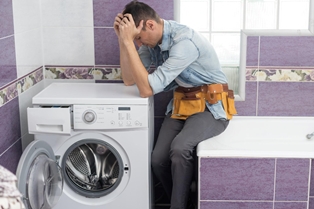


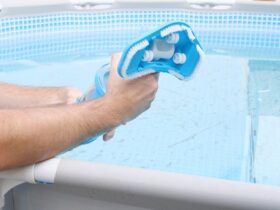

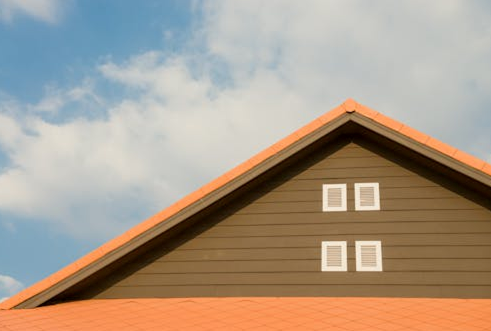


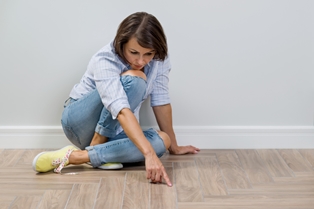
Find Us on Socials